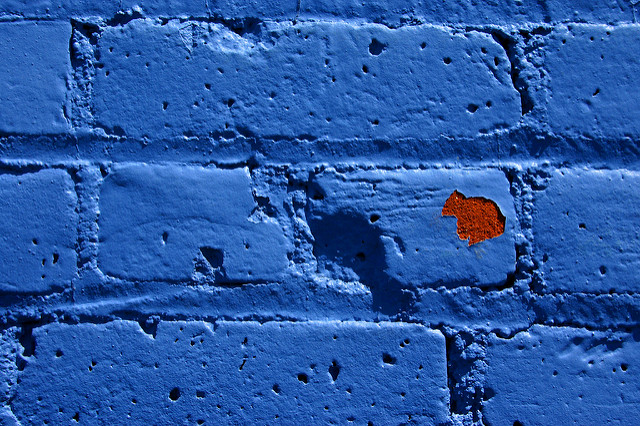Beijing has come under increasing international pressure over its building and militarisation of the maritime features it occupies in the Spratly Islands.
On 30 January, the US Navy sent a guided-missile destroyer within 12 nautical miles of Triton Island in the Paracels. Three months earlier, they conducted a similar exercise near a Chinese-occupied reef in the Spratlys. According to a report in The Australian, Canberra might also carry out a similar Freedom of Navigation Operation (FONOP) in the coming months.
Recently, there has also been more pushback against China’s activities in the South China Sea by regional states. The US, which already operates P8 maritime patrol aircraft out of Malaysia and the Philippines, said in December that Singapore would be hosting P8s. In August last year, ASEAN dedicated seven paragraphs to the South China Sea, noting that China’s land reclamation work in the South China Sea may ‘undermine peace and security of SCS.’
The arbitration case that the Philippines has taken to the Permanent Court of Arbitration (PCA) at the Hague is likely to be ruled on before June. In October, the PCA awarded its first decision to the Philippines, stating that the case was ‘properly constituted’ under the United Nations Convention on the Law of the Sea.
The US has stressed that countries should prioritise the freedom of navigation and overflight so that global commerce remains unimpeded. The fact, however, is that China doesn’t threaten commercial shipping through the South China Sea. A recent Reuters report showed that the shipping industry is not as concerned about US warnings that Beijing is seeking to exert control in the South China Sea. Even if China does eventually take over the South China Sea, shipping firms don’t think that this would affect the passage of merchant ships. Rather, the Sino–US struggle in the South China Sea is more about China’s dim view of US military vessels conducting activities in its Exclusive Economic Zones and territorial waters.
What’s worrying is China’s attempts to change the region’s status quo, given the ambiguous legal basis of its nine-dashed line claim on the South China Sea, the scale and speed of its land reclamation work, and the militarisation of the Spratlys features it occupies.
While China’s actions are audacious, there’s little left that will dislodge its now favourable position in the Spratlys.
Washington’s recent FONOPs are commendable. But the true test of FONOPs is when other regional players join in, which is unlikely. ASEAN members have to tread carefully, given that their participation would trigger Chinese protests and jeopardise the long-drawn talks for a binding Code of Conduct. In November, Japanese Prime Minister Shinzo Abe suggested that Japan would consider sending patrols to the South China Sea, but his Cabinet Secretary later said that Japan had no ‘concrete plans’ to do so. This leaves only Australia, which is yet to take a decision.
Ironically, the US conduct of FONOPs may give Beijing the chance to accelerate the military phase of its island-building project—what has been described as the ‘Chinese trap’. In a January conference call, PLA Navy chief Admiral Wu Sheng Li told his US counterpart John Richardson that China doesn’t seek to militarise the reefs, but that the amount of eventual militarisation depends on the ‘level of threat’ that China faces.
The much-discussed Code of Conduct remains a holy grail. All ASEAN members have to agree on such a code, and this would be difficult. Moreover, China wouldn’t want any form of dispute settlement mechanism in the code.
But this doesn’t mean that regional countries are without arrows in their quivers. The Supreme Court of the Philippines has upheld the Enhanced Defence Cooperation Agreement between Manila and Washington, which could pave the way for augmented rotational basing of US troops on Philippine soil. Vietnam, too, is intensifying defence relations with the United States. And a PCA decision that comes down in favour of Manila would impact China.
What China has, however, is the luxury of time and space. A recent study by RAND shows that what were dominant US advantages over China in a Spratlys conflict in 1996 will turn into approximate parities or disadvantages come 2017. In 1996, the US held ‘major advantages’ in 8 out of 9 areas, including air superiority, counterspace and anti-surface warfare. Come 2017, the major advantages will be whittled down to two: the US’ ability to carry out attacks on air bases and US anti-surface warfare.
There is no doubt that China is isolated on the South China Sea issue. But that judgement misses the nuance of the situation. In recent years, China has worked hard to win friends and influence people. China’s now the top trading partner for most Asian countries; the rise of the Asian Infrastructure Investment Bank and its One Belt, One Road strategy have been well received.
Even the US, one of the most vocal countries when it comes to China’s activities in the South China Sea, has sought to put the relations on an even keel. Speaking to his Chinese counterpart in Beijing recently, John Kerry said that both sides would need to work on a new UN resolution targeting North Korea after its nuclear test on 6 January. He added that both the US and China agreed they needed to find ways to ease tensions in the South China Sea.
As Thomas Christensen writes in The China Challenge, the best way to avoid the ‘tragic spirals of tension’ that has accompanied power transitions of the past is to build trust through cooperation—for example, the US distancing itself from Taiwanese independence, fostering cooperation with China in initiatives like the Six Party Talks and through anti-piracy efforts off the Gulf of Aden.
In the South China Sea, China sits entrenched at the top of the hill. Unless the US and its allies take more forceful action, China’s island building represents a gradual chipping away at the edifice of regional order that the US has built over the decades.


